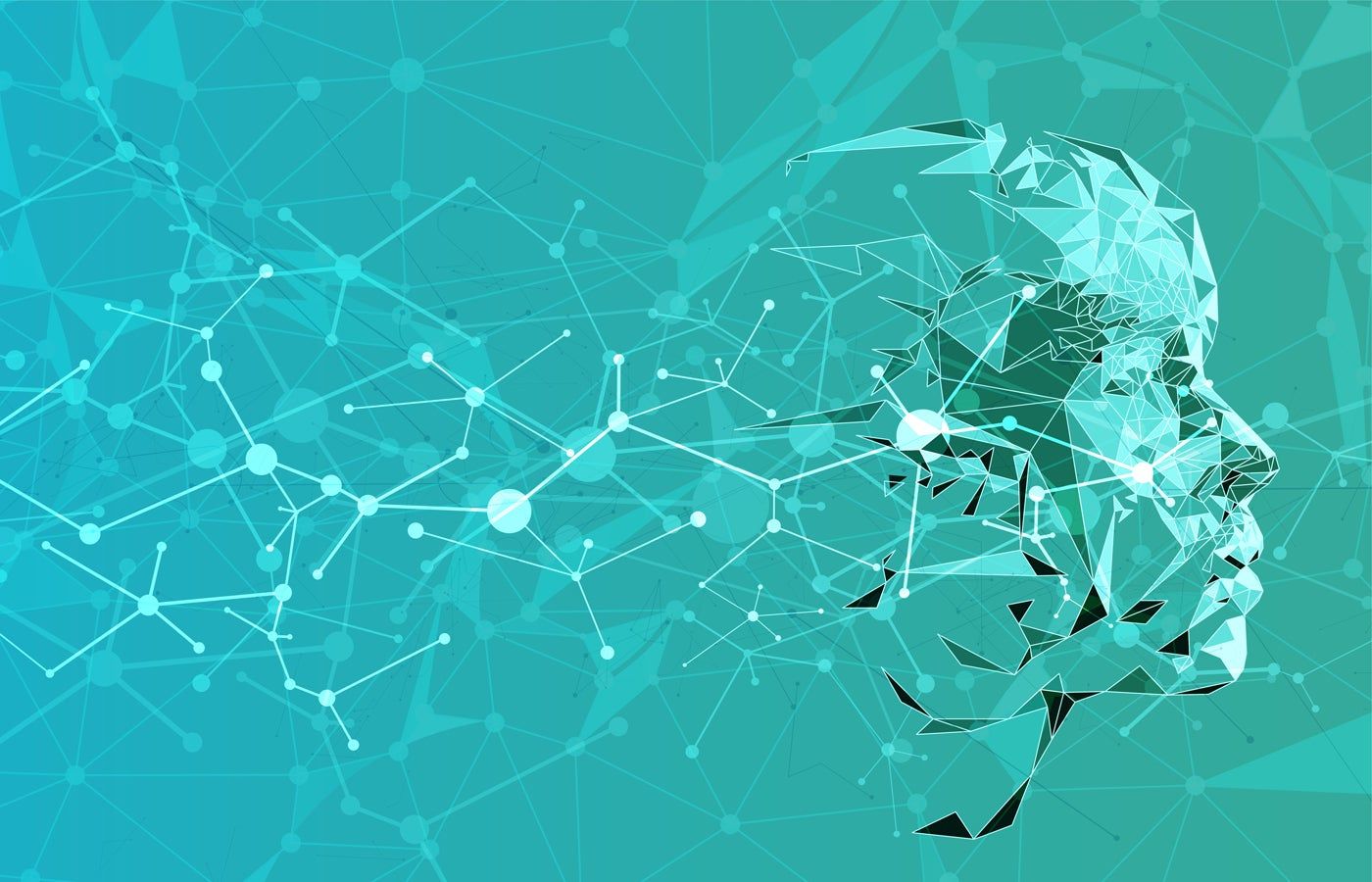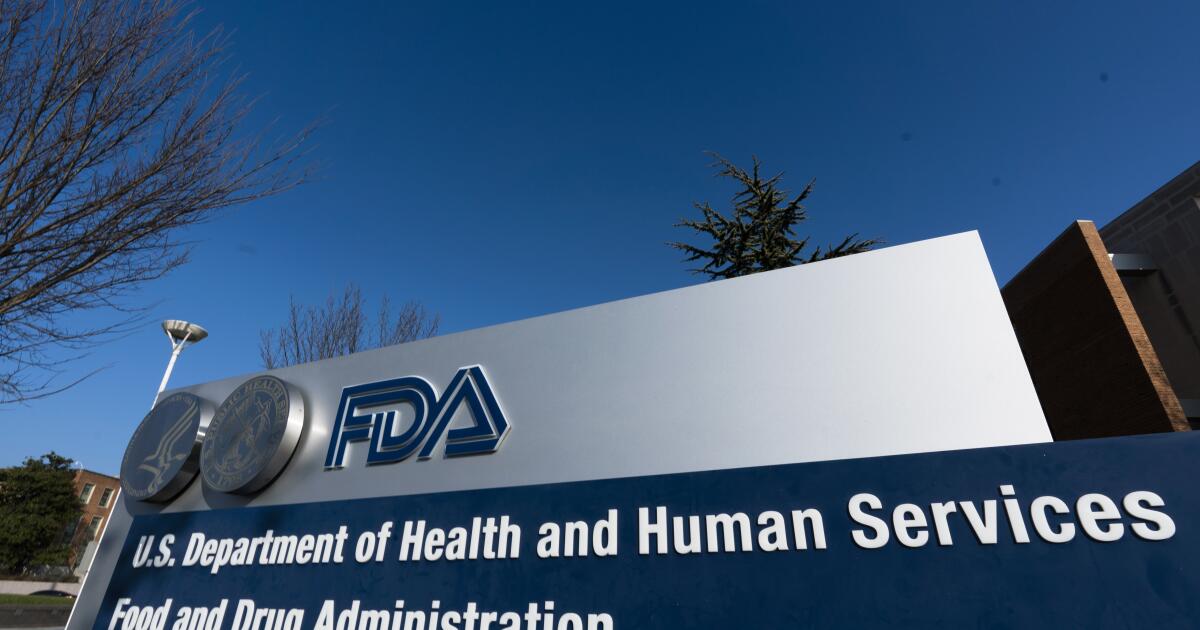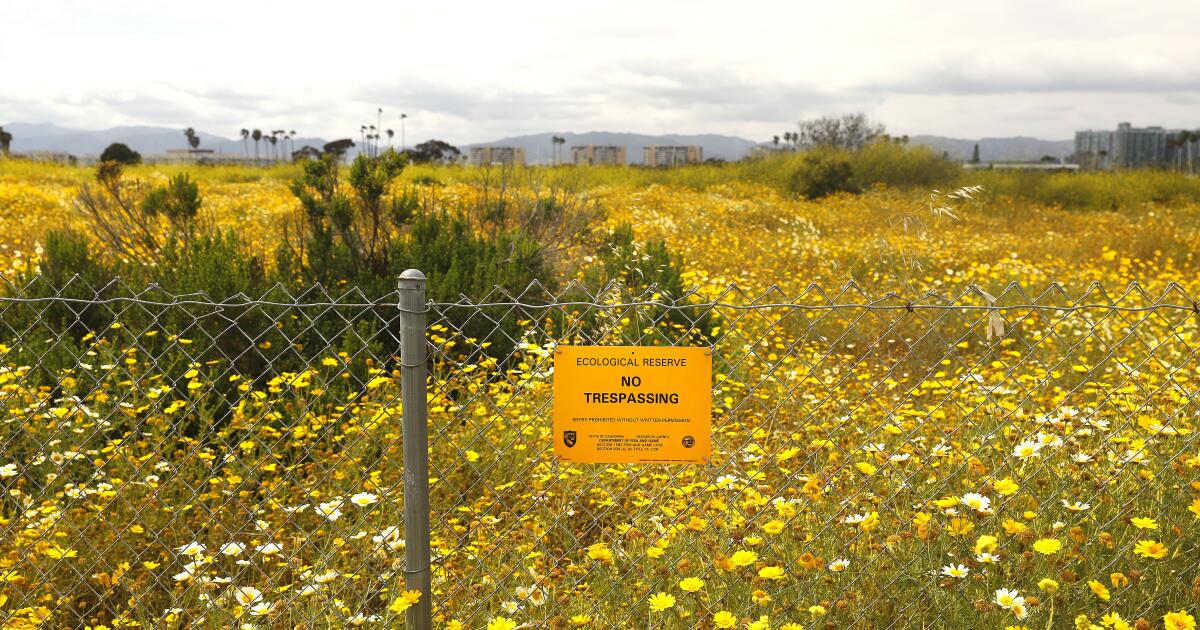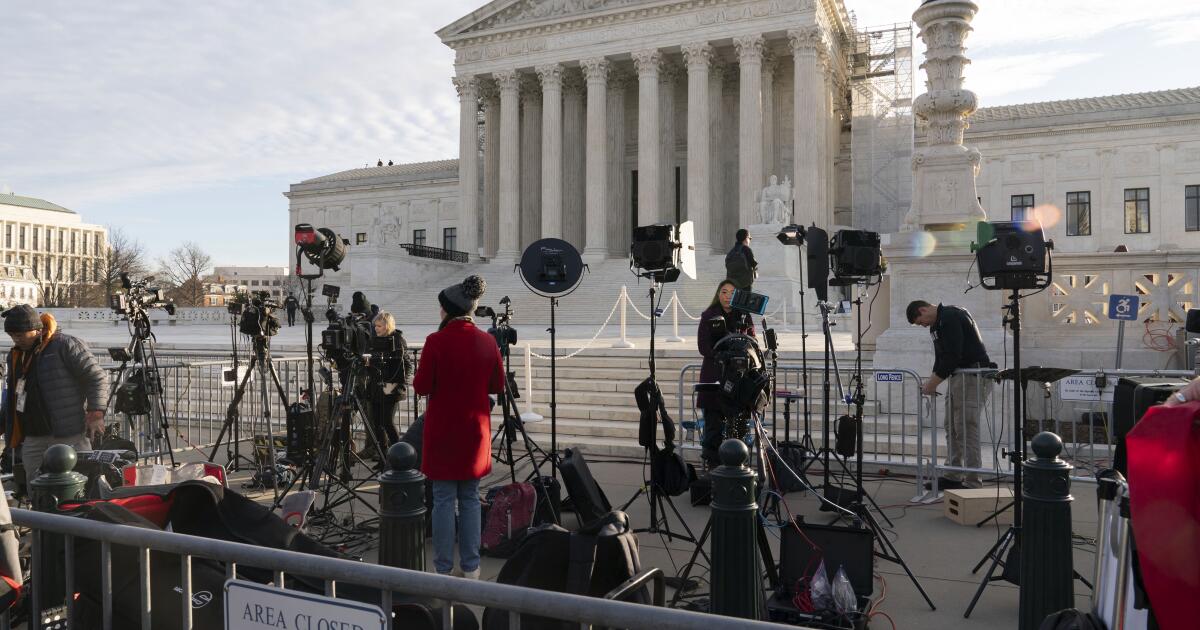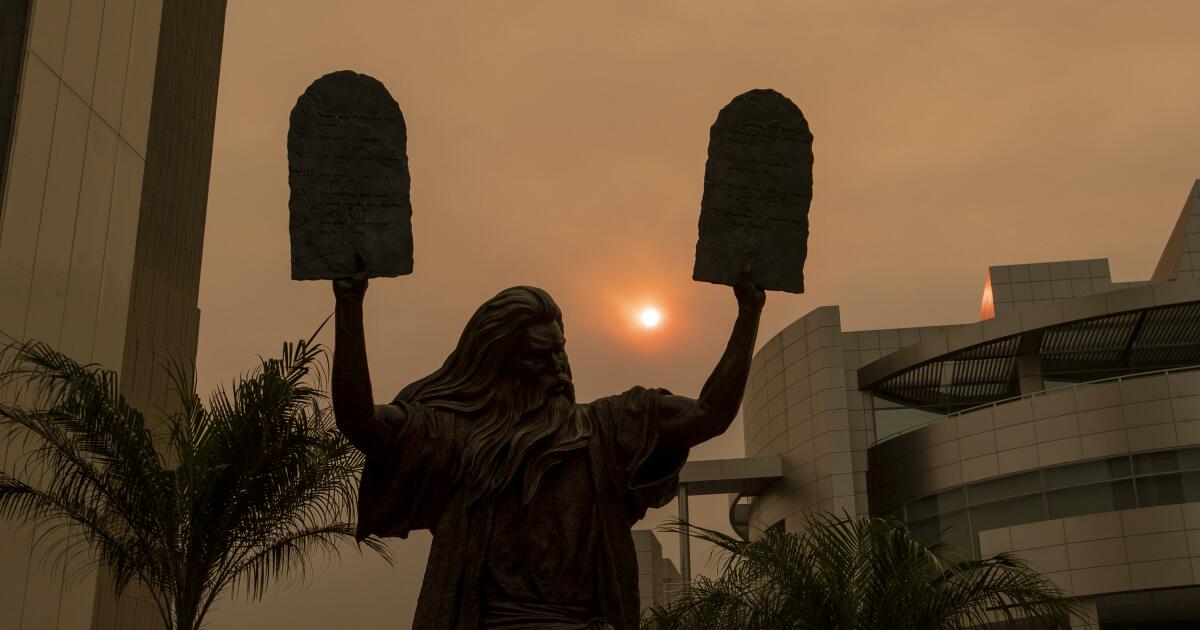A new report published by the United Kingdom government says that OPENAI's O3 model has made an advance in an abstract reasoning test that many experts thought “out of reach.” This is an indicator of the rhythm to which AI's investigation progresses, and that political leaders may soon need to decide whether to intervene before there is time to gather a large group of scientific evidence.
Without such evidence, one cannot know if an AI advance in particular presents or presents a risk. “This creates compensation,” wrote the authors of the report. “Implementing preventive or early mitigation measures can be unnecessary, but waiting for conclusive evidence could leave society vulnerable to the risks that arise quickly.”
In a series of programming tests, abstract reasoning and scientific reasoning, OPENAI's O3 model worked better than “any previous model” and “many (but not all) human experts”, but there are currently no indications of their competence with reality tasks of the world.
See: Operai changes attention to superintelligence in 2025
The AI security report was compiled by 96 global experts
OPENAI O3 was evaluated as part of AI's International Security Report, which was gathered by 96 global AI experts. The objective was to summarize all existing literature on the risks and capacities of advanced AI systems to establish a shared understanding that can support government decision making.
Attendees at the first AI security summit in 2023 agreed to establish this comprehension by signing Bletchley's statement about the safety of AI. In May 2024, a provisional report was published, but this full version will be presented at the AI Ai Summit in Paris at the end of this month.
The results of O3 outstanding tests also confirm that simply preparing models with more computer power will improve their performance and allow them to climb. However, there are limitations, such as training data, chips and energy, as well as cost.
See: Energy shortage The growth of the stop database in the United Kingdom, Europe
The launch of Deepseek-R1 last month increased the hopes that the price can fall. According to Nature, an experiment that costs more than $ 370 with Operai's O1 model would cost less than $ 10 with R1, according to Nature.
“The abilities of the general use AI have increased rapidly in recent years and months. While this has great potential for society, “said Yoshua Bengio, the president of the report award and winner of the Turing Prize, in a press release.” The AI also presents significant risks that must be carefully managed by the governments of everyone”.
The International IA security report highlights the growing number of disastrous use cases of AI
While the abilities of AI advance rapidly, as with O3, it is also the potential for them to be used for malicious purposes, according to the report.
Some of these use cases are completely established, such as scams, biases, inaccuracies and privacy violations, and “so far no combination of techniques can completely solve them,” according to expert authors.
Other cases of dire use are still growing in prevalence, and experts disagree on whether they will be decades or years until they become an important problem. These include large -scale employment losses, cyber attacks enabled for AI, biological attacks and society that loses control over AI systems.
Since the publication of the provisional report in May 2024, AI has become more capable of some of these domains, the authors said. For example, researchers have created models that “can find and exploit some cybersecurity vulnerabilities on their own and, with human assistance, discover a previously unknown vulnerability in the software widely used.”
See: OpenAI's GPT-4 can exploit autonomous 87% of the vulnerabilities of a day, discover the study
Advances in the power of reasoning of AI models mean that they can “help research on pathogens” with the aim of creating biological weapons. They can generate “Step by step technical instructions” that “overcome the plans written by experts with a doctorate and surface information that experts fight to find online.”
As AI progresses, so do the risk mitigation measures we need
Unfortunately, the report highlighted a series of reasons why the mitigation of the aforementioned risks is particularly challenging. First, AI models have “unusually broad” use cases, which makes it difficult to mitigate all possible and potentially allowing more scope for solutions.
Developers tend not to fully understand how their models work, which makes security guarantee difficult. The growing interest in AI agents, that is, the systems that act autonomously, presented new risks that researchers are not prepared to administer.
See: Operator: Openai's next step towards the future 'agent'
Such risks are derived from the user unknown what their AI agents are doing, their innate ability to operate outside the user control and the possible interactions AI AI. These factors make AI agents less predictable than standard models.
Risk mitigation challenges are not only technical; They also involve human factors. IA companies often retain details on how their models of external regulators and researchers work to maintain a competitive advantage and prevent confidential information from falling into the hands of computer pirates. This lack of transparency makes it more difficult to develop effective safeguards.
In addition, the pressure to innovate and stay ahead of competitors can “encourage companies to invest less time or other resources in risk management of what they would do,” says the report.
In May 2024, the OpenAI Superintelligence Security team dissolved and several members of high -ranking personnel concern themselves in the concern that “culture and security processes have been put in the background to bright products.”
However, not everything is fatality and gloom; The report concludes by saying that experiencing the benefits of advanced AI and conquering their risks are not mutually exclusive.
“This uncertainty can evoke fatalism and make AI appear as something that happens to us,” the authors wrote.
“But it will be the decisions of societies and governments on how to navigate this uncertainty that determines what path we will take.”

